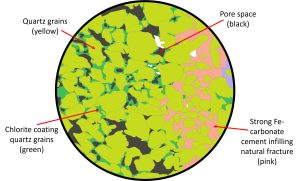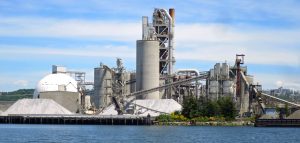SERIES: NAVIGATING CARBON DIOXIDE PLUME FLOW IN THE SUBSURFACE, A RESERVOIR ENGINEER’S PERSPECTIVE.
The fluid dynamics of CO₂ differ significantly from those of hydrocarbons due to variations in density, viscosity, and phase behaviour. A nuanced understanding of CO₂ flow physics is imperative for effective modelling and prediction. Continue reading our latest blog to find out more.





